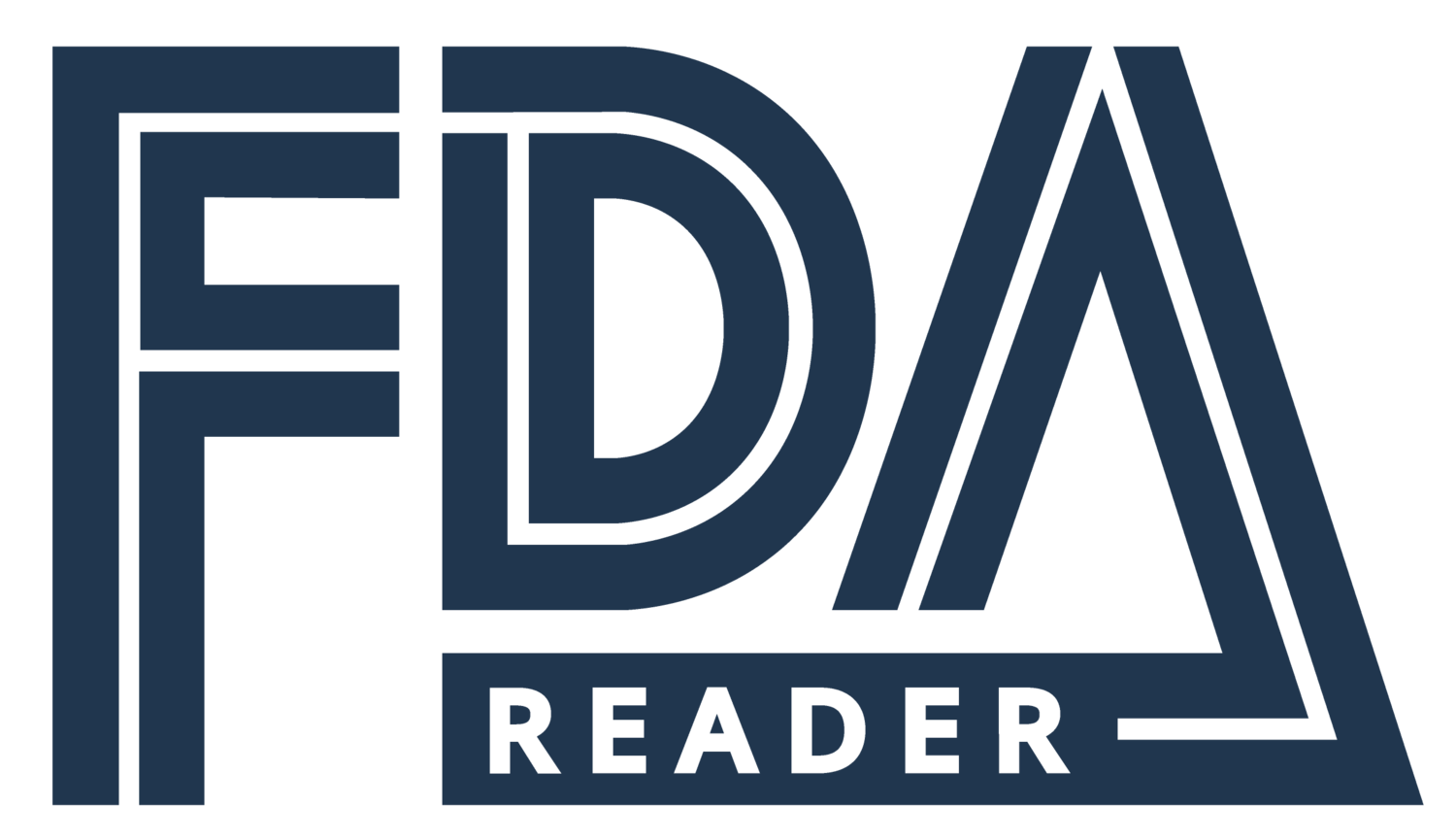Hazard Analysis
These requirements are a part of our comprehensive Food Safety Plan Guide
What you need to know:
A hazard analysis is the process of identifying all of the hazards present in your process that could potentially cause a customer injury.
Creating a Hazard Analysis is the first step in developing a food safety or HACCP plan.
You can read the requirements below or just use our self-guided hazard analysis template
Requirements for a Hazard Analysis:
You must conduct a hazard analysis for each type of food manufactured, processed, packed, or held at your facility.
Your hazard analysis must be written.
Steps in Creating a Hazard Analysis
1. Download our Hazard Analysis Template
It’s available for free here, and it will be much easier if you can follow along.
Example Process Flow - Each box corresponds to a process step.
2. Identify the steps in your process from start to finish.
It’s important that you have every step in your process identified so that you don’t miss anything in your hazard analysis. Often, it’s easiest to conduct a process flow diagram to identify all of the steps in your process.
3. Conduct a Hazard Identification:
In this step, you review all of your process steps and identify if there are any hazards present at each step. For each step, you will consider 3 types of hazards:
Biological Hazards (bacteria, parasites, etc.)
Chemical hazards (i.e. toxins, pesticides, food allergens)
Physical hazards (i.e. stone, glass, metal fragments)
Your hazard identification should also include hazards that could be present in the food because:
The hazard occurs naturally (i.e. toxins in fish)
The hazard may be accidentally introduced (jewelry from employee falls into food)
The hazard may be introduced intentionally for economic gain (i.e. sabotage by a competitor)
4. Conduct Hazard Evaluation
The hazard evaluation is the last step in creating your Hazard Analysis. Here, you must evaluate each hazard that you identified to assess the probability that it would occur if left unaddressed.
If the probability is high that this hazard would cause an injury if unaddressed, then you must implement a “preventive control”.
You also must consider the effects of these things in your hazard evaluation.
Formulation of the food
Condition and design of the facility
Raw materials and other ingredients
Transportation practices
Processing procedures
Packaging and labeling activities
Storage and distribution
Intended use of the product
Sanitation, including employee hygiene
Any other relevant factors (i.e. weather, natural toxins)
Environmental pathogens whenever a ready-to-eat (RTE) food is exposed to the environment before packaging.
This Article is For You if…
∆ You manage a facility that makes, holds, or packs food.
∆ You are developing a food safety plan or HACCP plan.
∆ You are subject to Part 117 Subpart C (very small businesses are exempt from this requirement)













